Earth From Space
Which of these images from the European Space Agency’s Flickr stream would you consider hanging as art in your home?
We live in an age of satellites; the skies above are full of them, usually just beyond our sight. And while we benefit plenty from the information they provide and the technologies they make possible, my favorite satellite product has to be the imagery. Many people marvel at the Hubble pictures of deep space, but my preference is for the images of Earth and especially the ones in which our planet turns into an Impressionist’s dream.
For years, the USGS has collected many of its Landsat images into “Earth as Art” collections, and now many of them are being displayed in an exhibit at the Library of Congress; you can see some here on Smithsonian.com.
But now I (and tens of thousands of others) are enjoying another collection: the European Space Agency’s Flickr stream. I’ve highlighted eight of my favorites from the Earth from Space category in the gallery below. Which ones would you consider hanging as art in your home?
/https://tf-cmsv2-smithsonianmag-media.s3.amazonaws.com/accounts/headshot/Sarah-Zielinski-240.jpg)
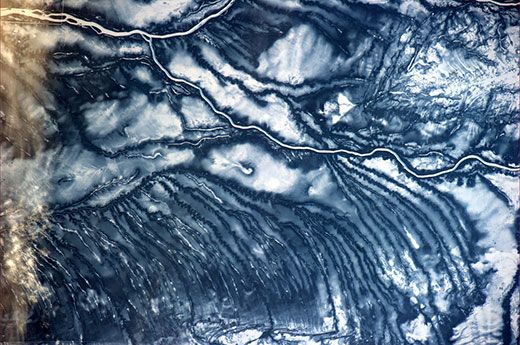
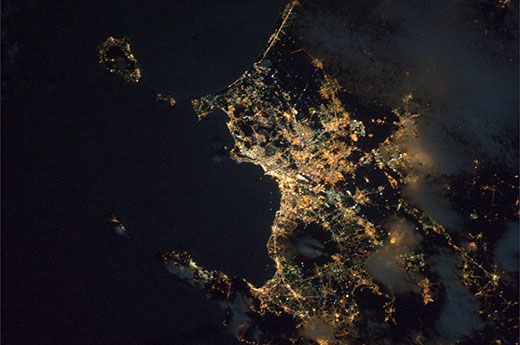
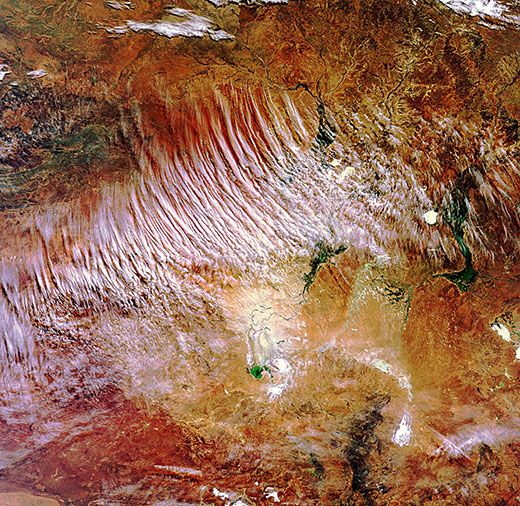
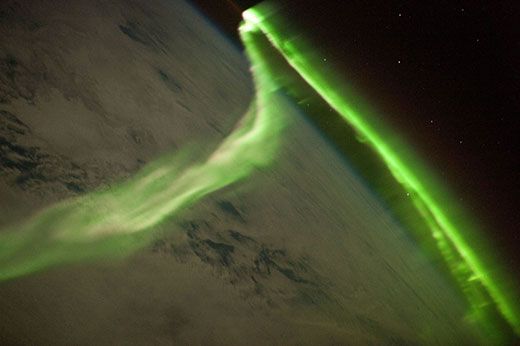
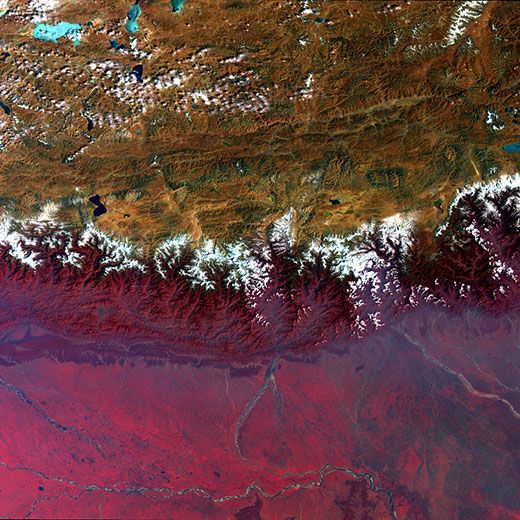
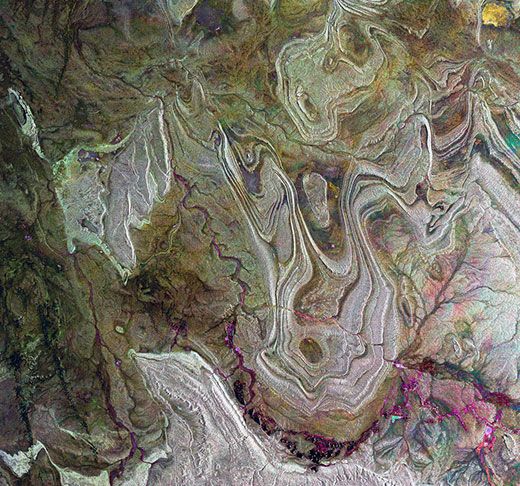
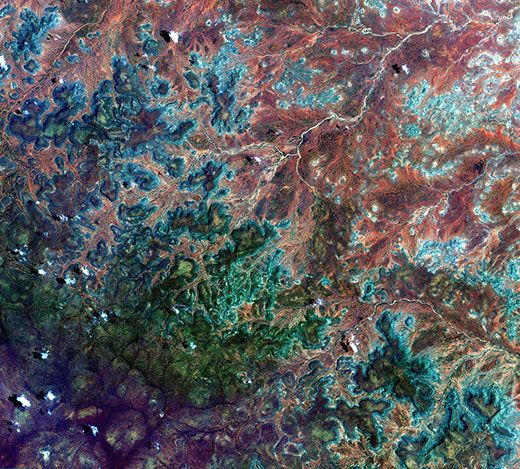


/https://tf-cmsv2-smithsonianmag-media.s3.amazonaws.com/accounts/headshot/Sarah-Zielinski-240.jpg)